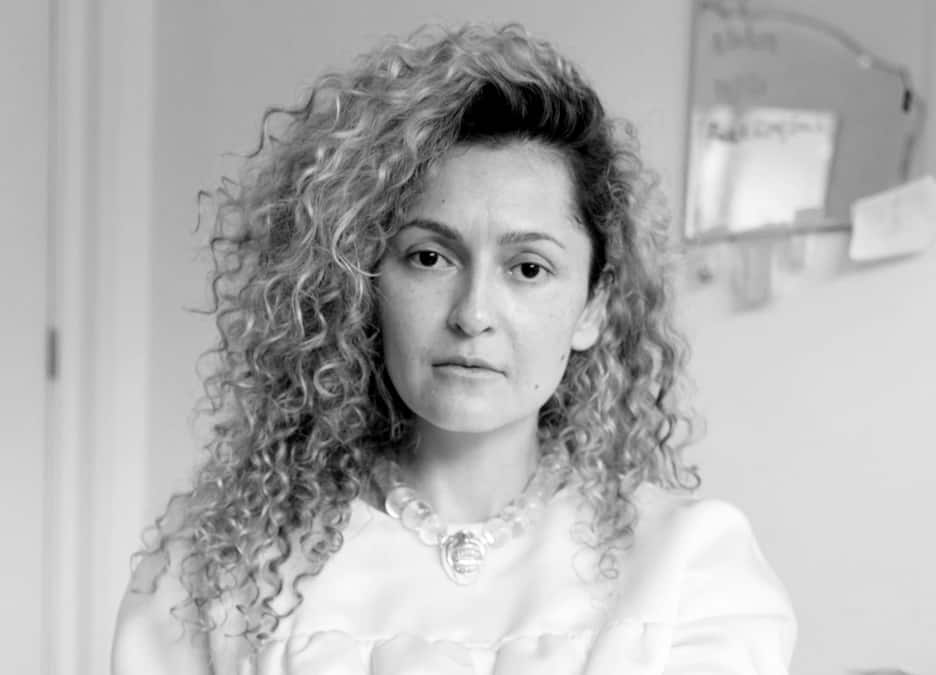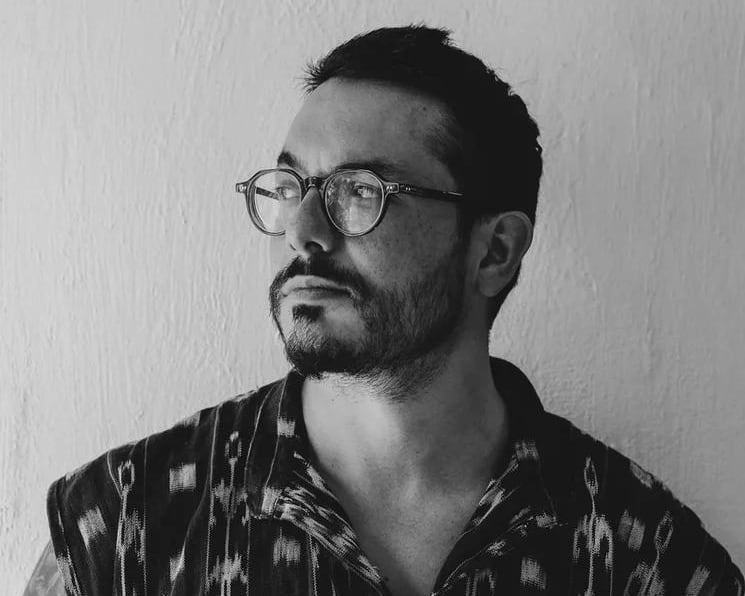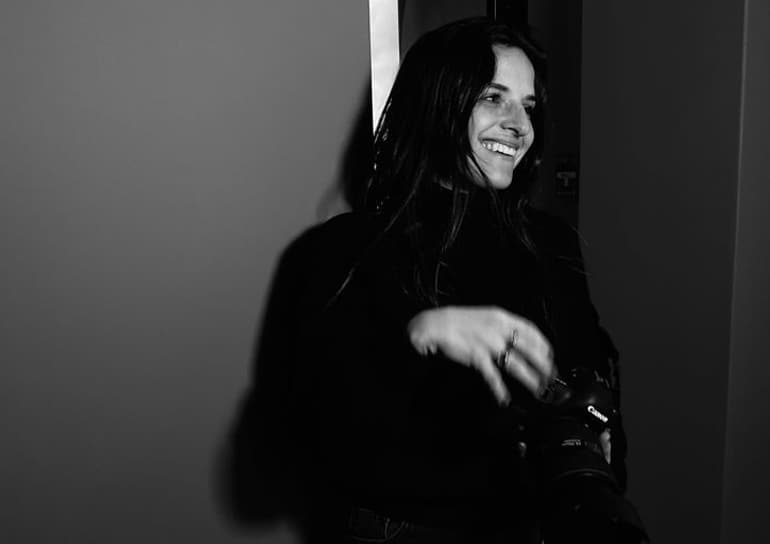
Our home, planet earth
The deep ecological crisis our planet is experiencing is alarming and impossible to deny. This environmental emergency is one of the most important and far-reaching challenges for life as a whole. As a global society, we face countless ecological problems on a daily basis, which have worsened in recent decades and are reflected in multiple phenomena. The climate crisis, air pollution, the mass extinction of animal and plant species, pollution and shortage of fresh water are some phenomena that remind us every day that we must act. Otherwise, we will be responsible for passing these problems on to future generations.
Many and diverse actions to face the environmental emergency are being developed throughout the planet. These alternatives come from the daily work of indigenous, peasant, scientific and citizen communities; human beings that promote actions to change the course and the way in which we have related to nature and the living beings with whom we share our home: planet Earth. It is vital to continue promoting projects aimed at generating small changes that together —and with collective effort— will help generate deep and lasting modifications in the consciousness of humanity that shows another path of respectful coexistence with nature.
The poncho and the snail
I, a silver snail, cling to the poncho as in nature I would to the rocks. I am looking at the sea from the cliffs that support me, like the purple snail.
My story is proof that on planet Earth and in nature everything is connected. I am an example of the diverse and complex relationships and interactions of life on the planet. I come from nature, but I am known for the ancestral knowledge of various cultures and people. My path has left material and symbolic remains in various parts.
There are moments in which my walk around the planet is explained in myths and legends; it transits between the memory and the history of the peoples. What you are reading is a particle of my existence, which is constantly re-signified. My story, like yours, is that of the webs of life in motion.
I will tell you brief moments of my life, which has different origins. It is the result of millions of interactions that are usually unknown and I want to show them to you. Some of my elements date from the first geological times of our planet, when the minerals were formed thanks to the heat of the primeval magma. I am mineral and culture, thanks to nature and the knowledge of goldsmiths, silversmiths and artisans in many corners of the planet.
I am silver and the form that I adopt today is that of the pansa purple snail that is in danger of extinction as a result of the irrational use that, in recent decades, has been given in the dye industry. This small mollusk has been used to dye the textiles of many people on the Pacific coasts and elsewhere in the world. Other mollusks in my family have also been used to brighten up the fabrics of various cultures, including the Mediterranean, such as the Phoenician people who hundreds of years ago were the depositories of this knowledge.
I have accompanied the life of many people on the coasts and mountains of Oaxaca. I have known the Mixtecos, Huaves, Chontales, Zapotecos, Mixes and Triques for many years. A part of my being is in their worldview. All those people have known me for so many years …! They know that our encounters at sea are marked by the lunar calendar.
Today, I am silver that takes the shape of the purple snail pansa and I come to remind you of the importance of not being extinguished: if this happened, millions of other interactions would be in danger, since everything is connected.
I am wool. My cultural and symbolic history is reflected in the ruana that you are feeling. My life connects with the first shepherd people and their first sheep in Mesopotamia. Over the years, these people learned to use me to make clothes to protect them from the cold. I got to dress the Persian and Iranian people.
Time passed and I arrived in Europe. I left there accompanying the travelers until they disembarked in what today we call America. In these new ecosystems I had to adapt and the people who received me learned to take care of me and to use me finely. You can see it in the multi-colored fabrics that I have become today, going through the dances and the ups and downs of the looms.
I am Luna —meztli, ixchel, béeu— because she was the first weaver among the Mayans to whom she taught the art of textiles. I am a spider because she symbolized the webs of life.
To transform me into what I am today, the towns learned to use the pedal loom, unknown before my arrival. But I, wool, had to learn to live with new animals and plants that warmly colored me. My story is living proof that living together is the most beautiful way to create things.
I am cochineal and I am also the color carmine. I learned to live among cactus and tunas. I offer one of the deepest red hues, with which fabrics have been dyed and codes have been painted for thousands of years. Those people to whom I have given my existence know that carmine reacts differently if acidic or alkaline media are applied to it, the transformation of my red color into a gaze is a sublime alchemical act. I left the indigenous lands to travel the world and the people who adopted me colored beautiful canvases and fabrics. My carmine being is part of the history of the world.
I am silver and purple snail. I am wool, I am a poncho and I am a loom. In my story I keep the knowledge of the lunar cycles to dye the fabrics and the myth of the moon that, like a spider, weaves the webs of life.
Process
Sometimes dreams come true. This is what happened with Resonancias del caracol, the first project presented by the Loona platform and in which Phigmento – designer Daniel Villela’s textile brand – and Gala is Love – designer Michelle Galindo’s jewelry firm – participate.
“The night I dreamed of Loona is the night I dreamed of a collaboration between Daniel and Michelle, a ruana and a sea shell made of silver,” says Sharon Drijanski, founder of Loona, about the origin of the project. The next day, she shared her idea with each of them and proposed that they met. Sooner rather than later, the three of them were sitting in a cafe talking about how they could carry out the collaboration.
On that occasion, Daniel spoke about the red cochineal — a fetish material of his brand, Phigmento — and also about the purple pansa snail. Both are exquisite raw materials and that, thanks to their peculiar dyes (the red of the scarlet and the purple of the snail), are the protagonists of a vast textile culture in Oaxaca, from where Phigmento is also native.
After listening to him talk about the pansa purple snail, Michelle found the inspiration she needed for the project. For months, she researched how she could replicate the beauty of this exotic mollusk in a sublime piece of jewelry.
“It is very difficult to find one of these snails physically,” says the designer about the challenge that she posed not having a physical model to materialize a jewel from scratch. Sometimes solutions to problems appear in the most unexpected places, just as Michelle did: “One day, in a museum shop, I came across the book The Purple Snail. An ancient tradition in Oaxaca, where several images of the snail appeared ”. The visual references on those pages allowed Michelle to unleash her creativity and get to work.
After several months of trial and error, using various 3D printing techniques, she obtained a model of the snail that did justice to the texture and shape of the original mollusk and was also aesthetic enough to create a piece of jewelry.
That figure was replicated in a mold, to be worked in lost wax to create an iconic brooch with a shiny sterling silver finish. Each of the 10 editions of Snail Resonances also have a hand-molded safety pin made with sterling silver wire. It is an example of the craftsmanship that characterizes the Gala is Love workshop.
During those months, Daniel, for his part, worked on the creation of a ruana woven on a pedal loom and dyed in cochineal red. Unique pieces and impeccable workmanship. Each of the 10 final copies of the delivery were made by Oaxacan artisans and required two months of work.
Snail Resonances also represented a first for Daniel. For this project, he put aside his emblematic Yuroku design (frets that have been present in the creations of his firm, Phigmento, from the beginning), and opted, instead, to create a serigraphy full of meaning and that unfolds in the ruana. “I wanted to find a way to represent the snail without being too literal,” he says, “so I made some lines that I called ‘Resonances’. For me, they illustrate the symphony of a snail: it’s the way I imagine it screeches or the way I think its sound would ‘look’ if we were close to it. “
There is another intention that is also present in Daniel’s design, as he tells it: “The red cochineal is a very poetic material. It is a pigment that has too many shades of red and orange. It is a microbe, but it has no life. It symbolizes death and resurrection and I was also interested in capturing that in this piece ”.
Death and resurrection. Beginning and end. Day and night. These are ideas that are more than adequate to talk about the launch of the first project sheltered by Loona. Cycles that end and cycles that are about to begin. Dreams from which you wake up, and are forgotten, and dreams that are lived and come true.
Collaborators

Michelle Galindo
Originally from Tijuana, with studies in Business Administration and a master’s degree in International Marketing, in 2003 Michelle Galindo created Gala Is Love, a jewelry brand established in Mexico City and that from its first collections became known for combining materials such as gold and diamonds with an artisan process. Her pieces appear frequently in magazines such as Vogue and L ’Officiel.
Today, her brand includes different categories, such as Haute Jewelry, children and brides.

Daniel Villela
Phigmento is a project created in 2015 by Daniel Villela that promotes the textile culture of Oaxaca and the sustainable development. The hallmark of the ponchos and rugs that are presented under this project are, in one hand, a geometry developed by Daniel (called yuroku) and, on the other, a manufacturing process that involves natural materials and pigments. His pieces have appeared in different media such as the New York Times and have been exhibited in museums in Mexico, Spain and Switzerland.

Karla Lisker
Photographer Karla Lisker always meets her passion when it comes to working. With studies in Marketing from the Universidad Iberoamericana in Mexico City and a specialty in photography from the Academy of Visual Arts (AAVI), Karla is currently one of the most outstanding fashion photographers in Mexico. The stories that she creates with her camera appear frequently in important magazines such as Vogue, Elle and L’Officiel.
AboutShopCurrent collaborationTerms and conditions
© Loona 2021 | All rights reserved | [email protected]





















